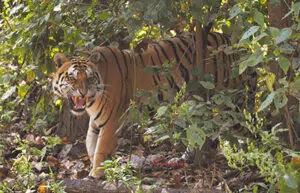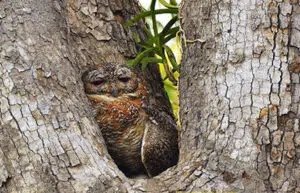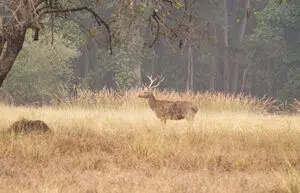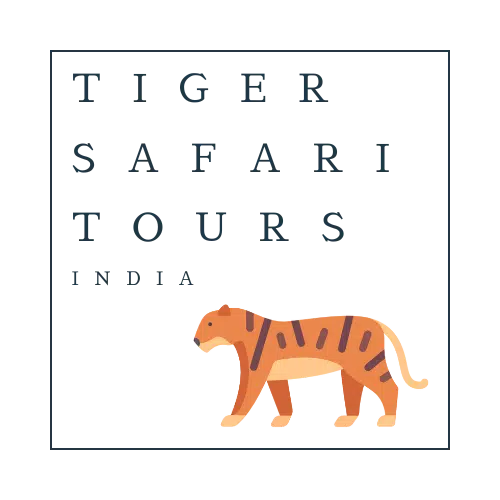Kanha National Park – Kanha Tiger Reserve
Overview
Kanha National Park is widely recognized as the largest national park in central India. The national park was formed in the year 1955 and came into existence as a designated tiger reserve in 1973 under the Project Tiger initiative. The park lies against the Maikal range of Satpuras in Madhya Pradesh and was the inspiration behind the memorable classic “The Jungle Book” written by Rudyard Kipling. The book immortalized the majestic beauty, remarkable scenery and the beautiful diversity of flora and fauna of Kanha National Park.
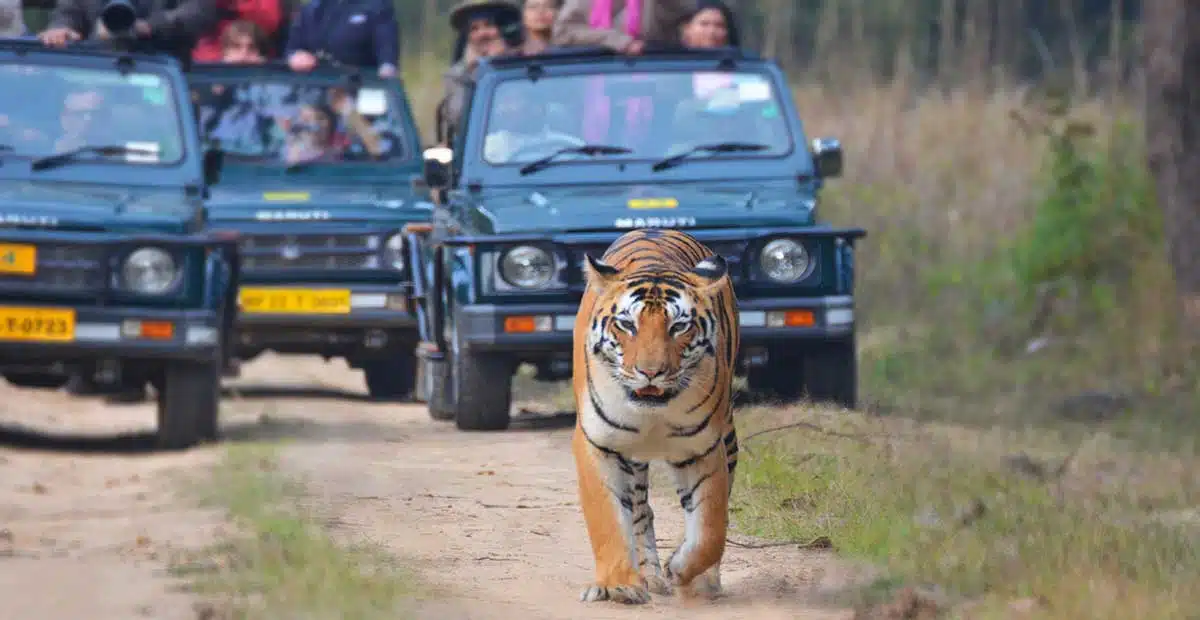
Information
The park is shaped like the figure ‘8’ on its sides with a total area of 1945 sq kms which includes a core area of 940 sq km surrounded by a buffer zone of 1,005 sq km. Kanha National Park is credited for the conservation of the rarest species of deer that was once on the verge of extinction – the Barasingha, also called the swamp deer. The park is also the first tiger reserve in India to officially recruit this unique deer as their mascot. Other wildlife population that the park is home to consists of Royal Bengal tiger, Indian leopard, sloth bear, foxes, jackals, wild dog and Gaur. There are around 300 different species of birds in the reserve of which the most commonly seen includes black ibis, bee-eaters, cattle egret, blossom-headed parakeets, pond herons, crested serpent eagle, grey hornbill.
- Size – 940 sq km (Core area)
- Forest type – Tropical moist, dry deciduous forests
Star Species
Kanha National Park is the perfect location for a nature lover as it is covered with stunning landscapes, luxurious meadows and dense forests. The park has been a subject of fascination for travellers who come from all over the world to get enveloped in the reserve’s raw and sublime beauty. If you wish to experience the adrenaline rush of the reserve’s wilderness, the resorts in Kanha National Park should be the next place on your bucket list as they provide unmatchable commitment to make their guest’s stay as adventurous and thrilling as possible.
- Key Mammal – Royal Bengal tiger, Barasingha, Indian leopard, sloth bear, dhole and Gaur
- Key Birds – Black ibis, bee-eaters, cattle egret, blossom-headed parakeets, pond herons, crested serpent eagle, grey hornbill
How to Reach
- By Train – As the reserve lacks direct rail connectivity, the nearest station to the park is Jabalpur railway station which is 130 kms away from the facility. Another station that can be accessed to reach the park is Gondia railway station which is 145 kms away. One can then reach the park by taking a cab or taxi.
- By Air – The nearest airport to reach Kanha National Park is Jabalpur which is approximately 130 kms away from the park. Jabalpur airport has direct flights to and from major cities like Delhi, Mumbai, Kolkata, Hyderabad, Pune and Bhopal.
- By Road – There is a regular bus connectivity to the park from places like Bhopal, Indore etc. One can also take a cab or taxi to reach the reserve that is connected to other major cities such as Nagpur (300kms), Jabalpur (160kms), Raipur (250kms), Bhilai (270kms) and Bilaspur (250kms).
Safari
Every park is divided into 3 kinds of zones: Core, Buffer ad Reserved. Bandhavgarh has 3 core zones:
- Mukki,
- Kanha
- Kisli, and
- Sarhi.
Weather and Climate
| MONTH | Min. °C | Max. °C |
| JAN | 9 | 25 |
| FEB | 12 | 28 |
| MAR | 16 | 33 |
| APR | 22 | 38 |
| MAY | 26 | 41 |
| JUN | 26 | 37 |
| JUL | 24 | 31 |
| AUG | 23 | 29 |
| SEPT | 23 | 31 |
| OCT | 19 | 32 |
| NOV | 13 | 29 |
| DEC | 9 | 25 |
Things to Carry
Clothing Tips:
- DO NOT carry shiny/bright-coloured clothing. Instead, carry earthy colours like shades of dull green or olive green, beige, and grey. Black is also avoidable as it attracts mosquitos.
- Carry comfortable, breathable clothes (cotton) in summer.
- Carry layers (4-5) of thin woollen clothes rather than one heavy jacket for winter. Layers are a lot more helpful through the varying temperatures during the day.
- Carry a windcheater/raincoat just in case there is a light shower.
- Carry a Cap/Hat during summer.
- Avoid wearing strong perfume while on safari. Animals have a strong sense of smell and it may distract them.
Gallery
